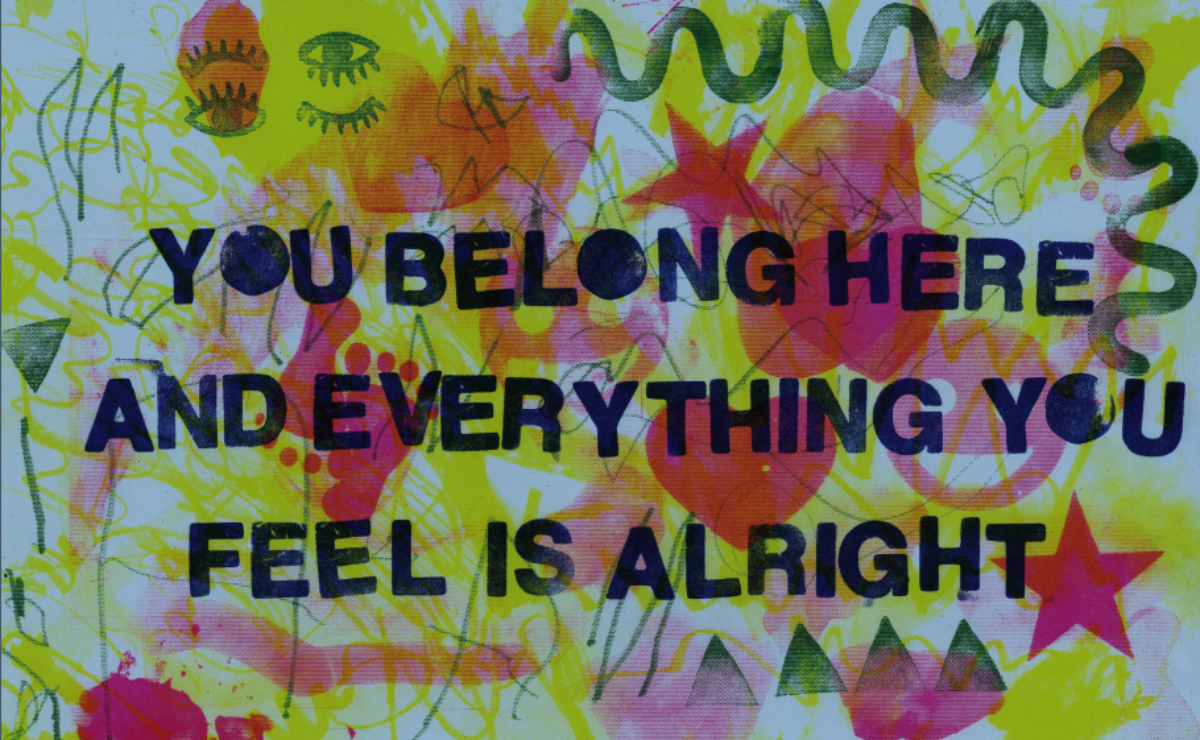- What do INCITE/Critical Resistance say about why prisons are not the solution for gendered violence? Based on Crenshaw’s talk and (if you watched it), Out in the Night– what evidence can you offer to support their argument?
- Based on the film(s) you watched, using Crenshaw’s framework of intersectionality, what do you see as the the role of racism, or other structures of oppression like homophobia, in these stories of misogynistic violence?
- Based on the film(s) you watched, what do the victim-survivors say about their experience and how are their stories received– by their family/friends/colleagues, the legal system, the media?
- What questions do YOU want to bring to class for discussion?
Prisons are most definitely not the solution for gendered violence because correctional officers do not meet the highest requirements to do their job as educated as possible. Just as in the film “Out In The Night” one of the women who became an inmate did not feel comfortable in the clothes that the prison deemed for females. For instance the inmate was penalized for wearing shorts underneath. It just proves that gender is institutionalized and in certain places it is censored. Also INCITE provides clarity just like Out in the nIght at the end when one of the women says “Im incarcerated because I protected myself and she is also at risk without carrying a weapon because where she is from the police only arrives when the harm has been done.” It is not fair for these women because society still is very ignorant and if people are against each other and close minded then how are they supposed to protect themselves if they will be punished for it.
Using Crenshaws framework of intersectionality, the trauma each women has is unique because of different circumstances. One POC does not have the same trauma as another POC just because they share one similarities it is not the blueprint for all.
Based on the film I watched the victims are truly sadden for being incarcerated. They are frustrated because if they would not have defended themselves they would’ve been killed or raped. Their environment had set them up to be on high alert, due to that they lived in Newark. Their friends and family were saddened that they had to serve time. Some of the women lost family members and were not given the proper time or resources to deal with their grief. The legal system definitely let these women down, with technicalities for example the term gang. Three or more people in a fight are considered a gang. The media seemed to have a blast when speaking about these women too. The terms, the headlines, they used gang as if the women were connected to drugs and guns.
Why does society have a hard time accepting we need more human services and social workers in many fields?
Why do people of color not receive the same or consistent resources as their white counterparts?
